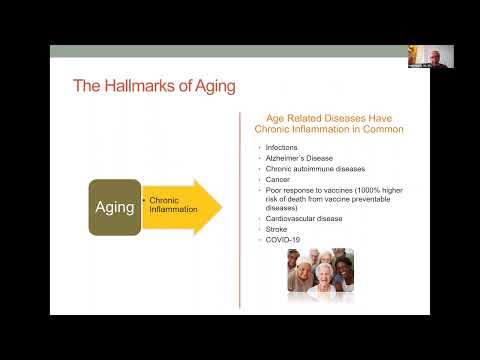The plasma donation clinic I looked into had an upper age limit of 70.
Poor boy that I am, that’s my plan.
Is there some kind of molecule that helps your body filter toxins out of your blood? Does autophagy do it? A Liver booster? Kidneys?
@Paul_2.0 @MAC - You are correct. It is just called a Therapeutic phlebotomy. If insurance is going to pay for it, you will need a diagnosis code that matches the need for it. You may be able to see if there is a cash price at places that do it if you don’t have a medical diagnosis that meets criteria like Polycythemia. Some of the TRT patients will get therapeutic phlebotomy if their blood counts get high and have symptoms. Usually we recommend to just donate blood, but some blood banks won’t take the blood if they are on TRT.
Doesn’t seem like this should be a big deal. It’s simply an exchange. Take out plasma and replace it with an albumin- saline mix. Don’t understand why it’s so expensive.
Exactly. Actually I was trying to find some way to compare prices and though I can’t be sure it looks as though the treatments in the UK are significantly lower than in the US. It would be good to find out definitively what the ‘actual’ cost is without the inevitable mark up.
In the Conboy’s study they identified toll like receptor 4 as the primary factor driving the rest of the 10 aging proteins . Since rapamycin slows ribosomes and inhibits some degree of protein translation , it’s very possible that it inhibits the TLR 4 protein, at least somewhat. Maybe the plasma exchanges would be synergistic.
I assume, logically, we would want to time the donations or therapeutic phlebotomy to when rapamycin is at trough levels- correct?
Since TLR 4 goes up about 30% with aging, it might take dilution along with rapamycin suppression to have a really large impact on aging. So maybe plasma dilution along with peak rapa.
Good point.
I wonder what happens to rapamycin levels after a 25% plasma donation- some fraction of that 25%?
Embarrassingly neophyte questions/comments, as I (obviously) don’t understand the biology and where, for instance, the rapamycin is concentrate in the blood…
Yes. Rapamycin definitely inhibits TLR4.
This is at least one pathway by which rapamycin may extend lifespan.
Yes, although plasma dilution may not add much beyond rapamycin.
Isn’t the TPE in the OP study identical to simply giving plasma at a blood donation center? Assuming you qualify to donate, I don’t see why this would cost any money.
It looks as though it’s not that straight forward, the albumin seems to be an important part of the process.
Commercial plasma centers will pay you for your donation, rather generously from what I’ve read. I think it takes about an hour each time. Red Cross around here only accepts AB plasma donations, but the commercial places take anything.
That interview with Kirov was great, but it left me confused. At one point he seems to say that studies found benefits even without the 5% albumin, but at the end he comes back to arguing that the TPE needs to be at a specialized clinic. I can’t tell whether the second part is because he’s pushing his own clinic in San Francisco, or whether there really is a big difference.
Would anyone know how important the 5% albumin is? My albumin is currently at 46, which I believe is “optimal,” so I don’t really want to mess with that. At the same time, this TPE research is fascinating, and if I can improve my health while doing good then so much the better.
Anyone have thoughts: How many of the benefits of this study could we get from simply donating plasma?
I suspect that it’s a bit of both. As its already an FDA approved procedure there really isn’t any way to patent it, but that’s good news for the consumer. There did appear some to be some benefit from Plasma donation alone, but it also looks as though the response is stronger with fresh albumin. I believe there is a small chance of an allergic reaction. but, I’m sure Dr. Kiprov wants to try and be at the center of this and he has a financial interest in promoting the treatment through his clinic. It looks like they’re looking to come up with a specific cocktail to improve the efficacy, but even if that is the case, they won’t be able to keep that under wraps for too long. I think the main takeaway here is that this treatment is coming very soon. It just remains to be seen how affordable it will be.
You’re lucky!
Here in the Nanny State (Australia) CSL is one of the biggest companies in the country and it processes the plasma.
It won’t pay for it though…it relies on altruistic donations. It says that paying for donations would be “exploitation” of vulnerable people. In an act of utter hypocrisy, though, it has no problem importing about half of its plasma needs from the USA…where the donations are paid for!!!
NYBC Ventures has unveiled as one of the first venture funds to focus solely on advancing new blood and cell-based therapies, with $50 million in hand from the New York Blood Center.
The fund will invest in new therapeutics, devices and tech that tackle challenges in benign hematology, transfusion medicine and infectious disease. The inaugural fund already touts a portfolio that includes Catena Biosciences, HealthQuest Capital, KaloCyte, Thymmune Therapeutics, StealthCo and STRM Bio.
